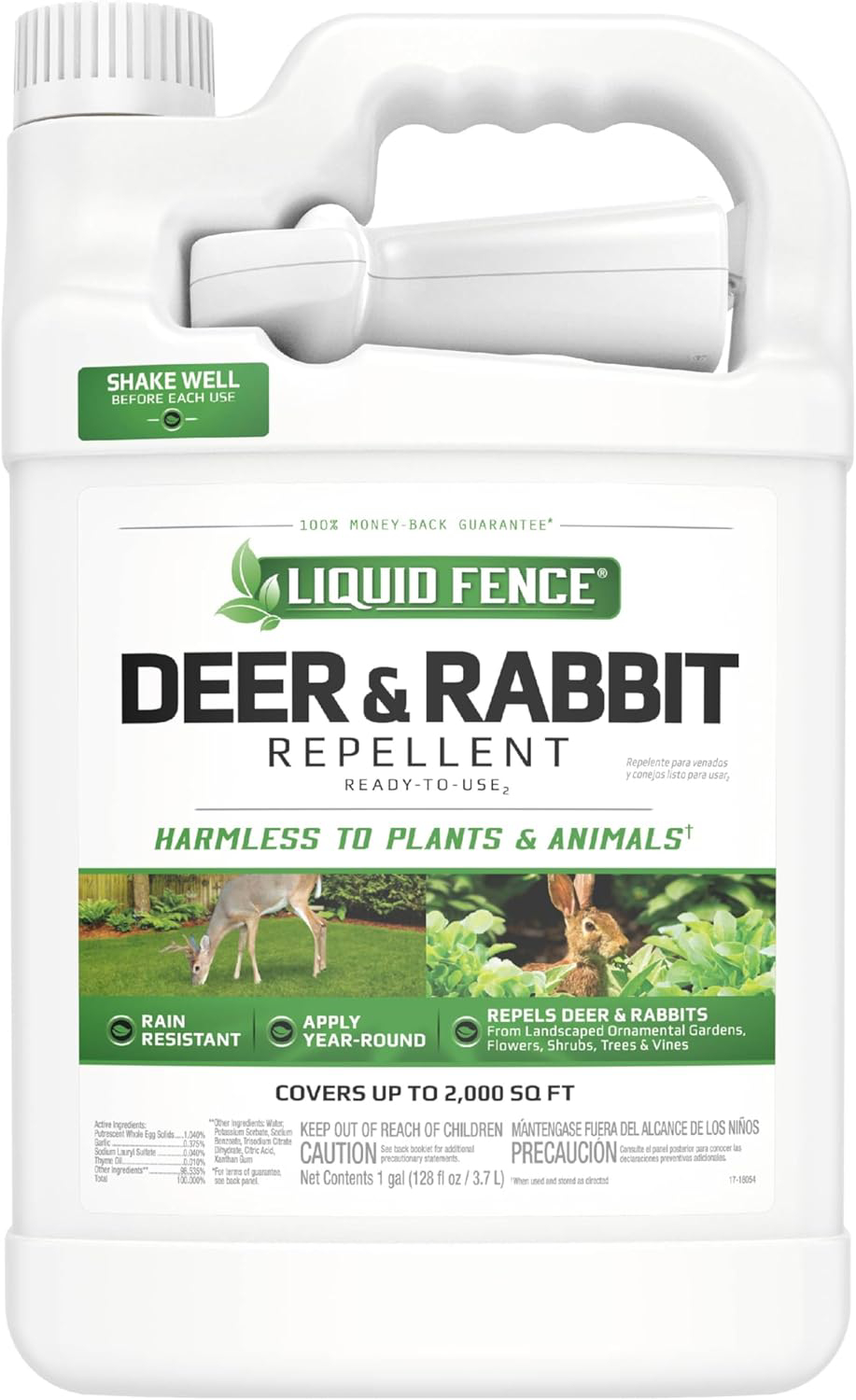Endless Summer Bloomstruck Hydrangea: A Reblooming Beauty For Sensational Summer Color
Endless Summer Bloomstruck hydrangeas will add vibrant color to your garden all summer long. Explore how to care for these beauties.
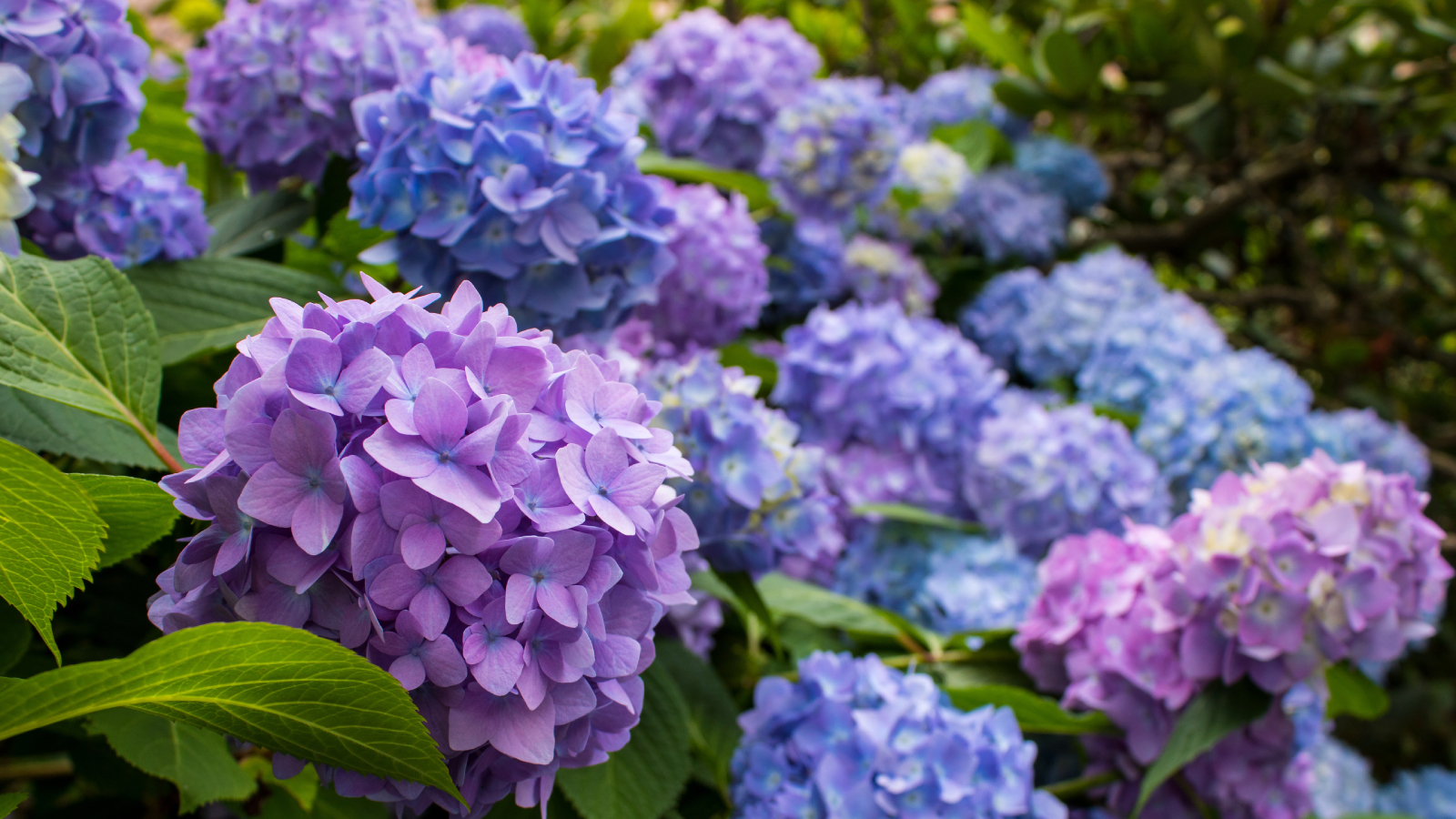

Amy Draiss
Quick Facts
Botanical name: Hydrangea macrophylla
Height: 3 to 4 feet (0.9 to 1.2 m)
Spread: 4 to 5 feet (1.2 m to 1.5 m)
Sun exposure: Partial shade
Soil requirements: Rich, moist, well-drained
Hardiness zones: USDA zones 4 to 8
When to plant: Early fall or late spring
Bloomstruck hydrangea is a cultivar of bigleaf hydrangea belonging to the Endless Summer series. The series was developed to create plants that bloom all summer.
The Bloomstruck variety of the Endless Summer hydrangea series is an even heavier bloomer than other members of the series. It produces large, mophead flower clusters in pink to blue (depending on soil pH) all summer long.
Endless Summer Bloomstruck hydrangeas make a great addition to cottage gardens, formal gardens, and even more modern landscaping. They are used to great effect as foundation plants or planted in borders.
Endless Summer Bloomstruck Hydrangea Care
Bloomstruck hydrangea care is similar to the care other bigleaf hydrangeas need. They are fairly easy to grow given the right conditions. Follow along to learn how grow these big beautiful shrubs for gorgeous color all summer long. The Gardening Know How Shop has 2-gallon and 3-gallon Endless Summer Bloomstruck hydrangea plants for sale.
Light
Bigleaf hydrangeas generally grow best in partial sun. They especially benefit from shade in the afternoon in hotter climates. When grown in full sun, these hydrangeas tend to wilt in the afternoon.
Water
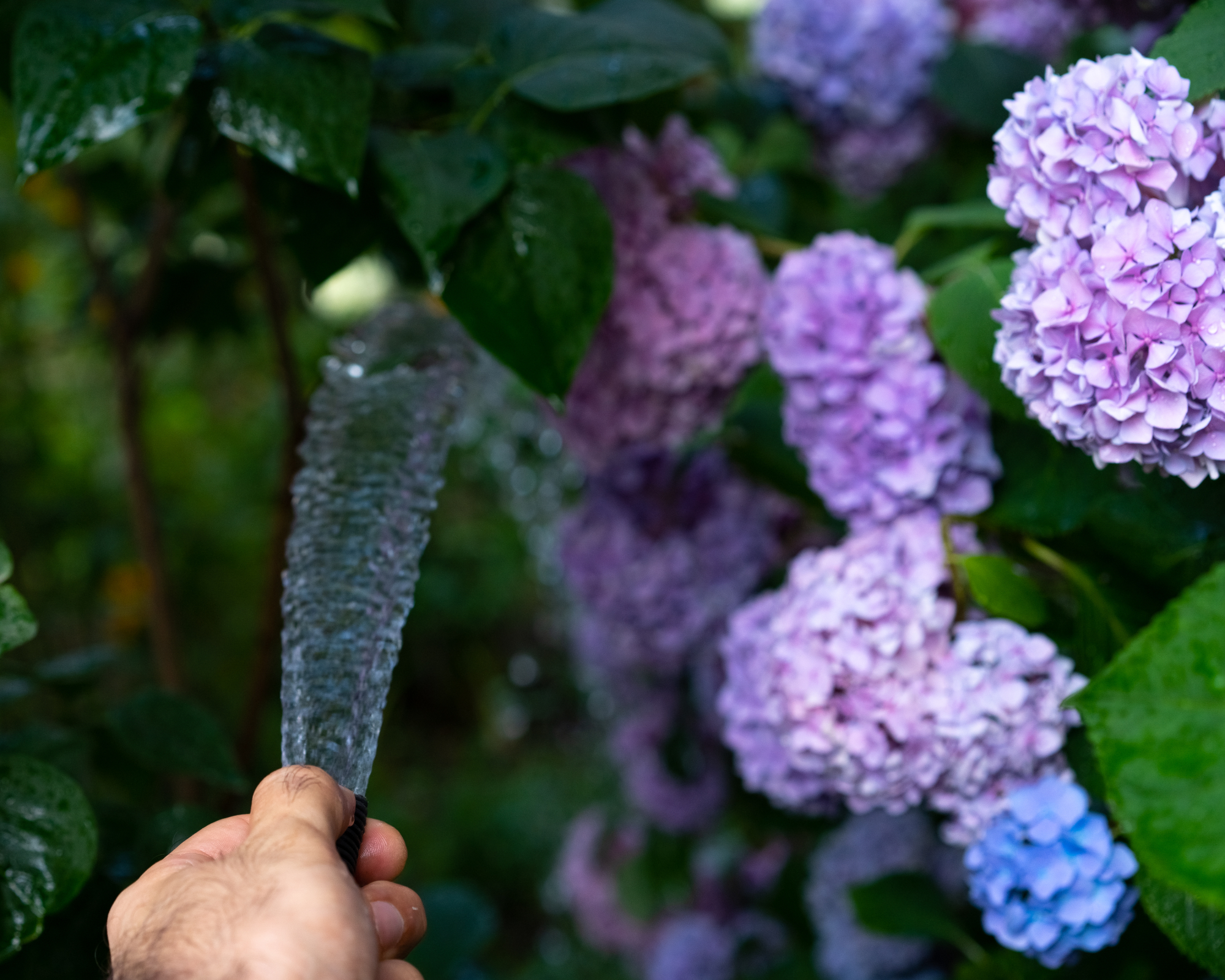
Your hydrangea will grow best in soil that stays moist but drains very well. Water it regularly in the first year to help it establish strong roots. After that, water the plant depending on need and rainfall. Hydrangeas do best with a deep soaking once a week as needed.
Temperature & Humidity
Most hydrangeas can be grown in climates as warm as USDA hardiness zone 8, but they don’t do well with very hot temperatures. Afternoon shade and extra water help them get through the hottest days. They grow best with moderate humidity and will struggle in very dry climates.
Sign up for the Gardening Know How newsletter today and receive a free copy of our e-book "How to Grow Delicious Tomatoes".
Soil
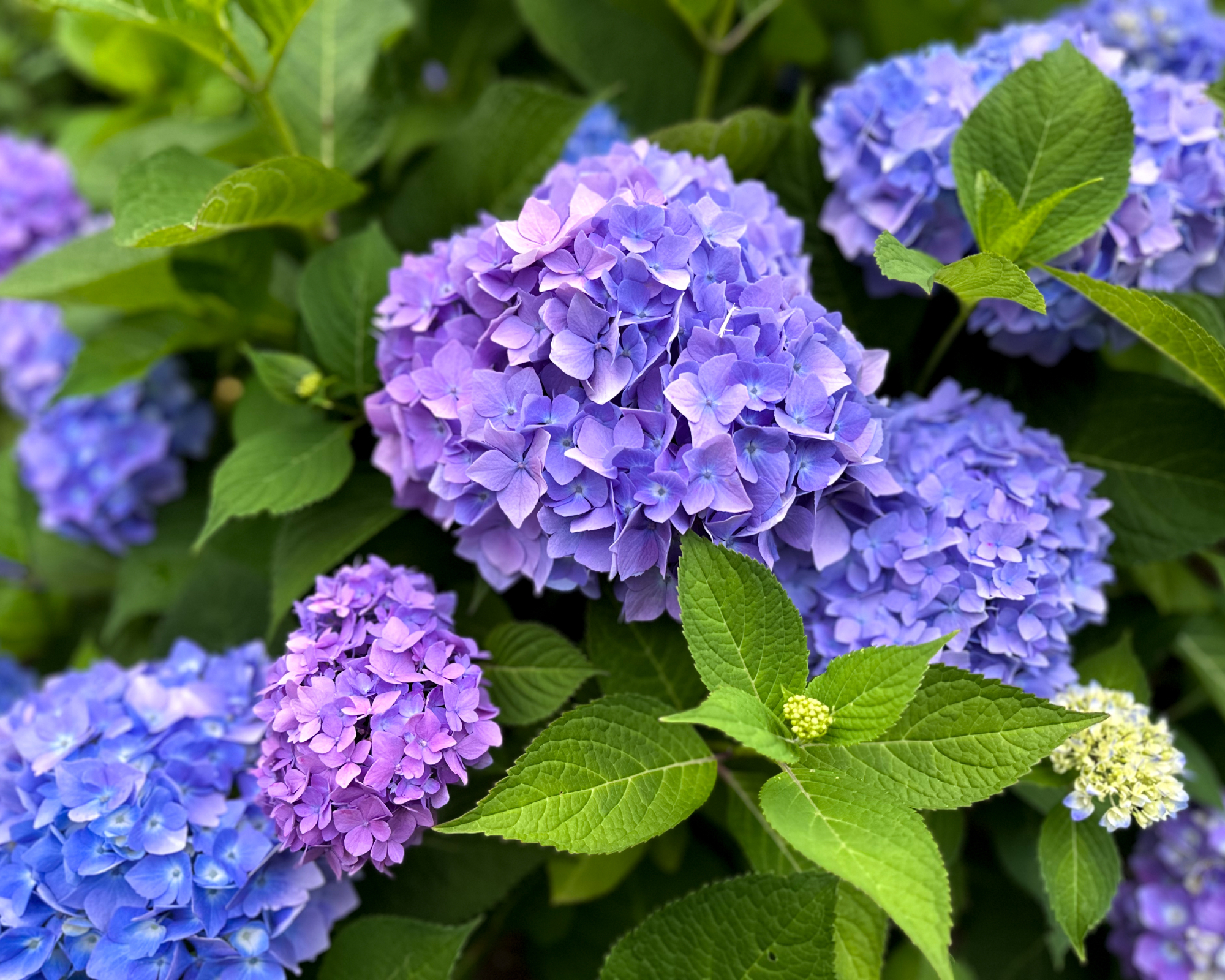
The best soil for growing bigleaf hydrangeas is rich and moist but it also needs to be well-drained soil, so they don’t get soggy roots. If your soil is poor, amend it with a good organic compost at the time of planting.
Fertilizer
If your soil is very rich, you don’t need to fertilize hydrangeas. If it’s not, use a balanced or bloom-boosting fertilizer each spring. Avoid overfertilizing with nitrogen, which promotes leaf growth instead of flowers.
Problems, Pests & Diseases
Fungal diseases are common hydrangea diseases, but you can avoid these. Space plants adequately to allow for good airflow. Make sure the soil drains very well and avoid overwatering. Pest insects are uncommon on hydrangeas, but they are susceptible to being eaten by deer.
Pruning
With most hydrangeas, you need to consider whether the blooms form on old or new wood to determine a pruning strategy. One of the unique aspects of Endless Summer Bloomstruck hydrangea is that it blooms both on old and new wood. This is how it is able to bloom so heavily and repeatedly throughout the growing season.
What it means for pruning Endless Summer hydrangeas is that there is no wrong time to do it. Most bigleaf hydrangeas bloom on old wood. If you prune too late in summer, you’ll trim off that old wood and reduce the next year’s flowers. With Bloomstruck, you can prune any time without this risk.
Bigleaf varieties generally don’t need a lot of pruning anyway. To manage Bloomstruck hydrangea size, you can trim it in spring or fall every few years. Prune out dead or damaged stems. You can also trim it to keep the size small.
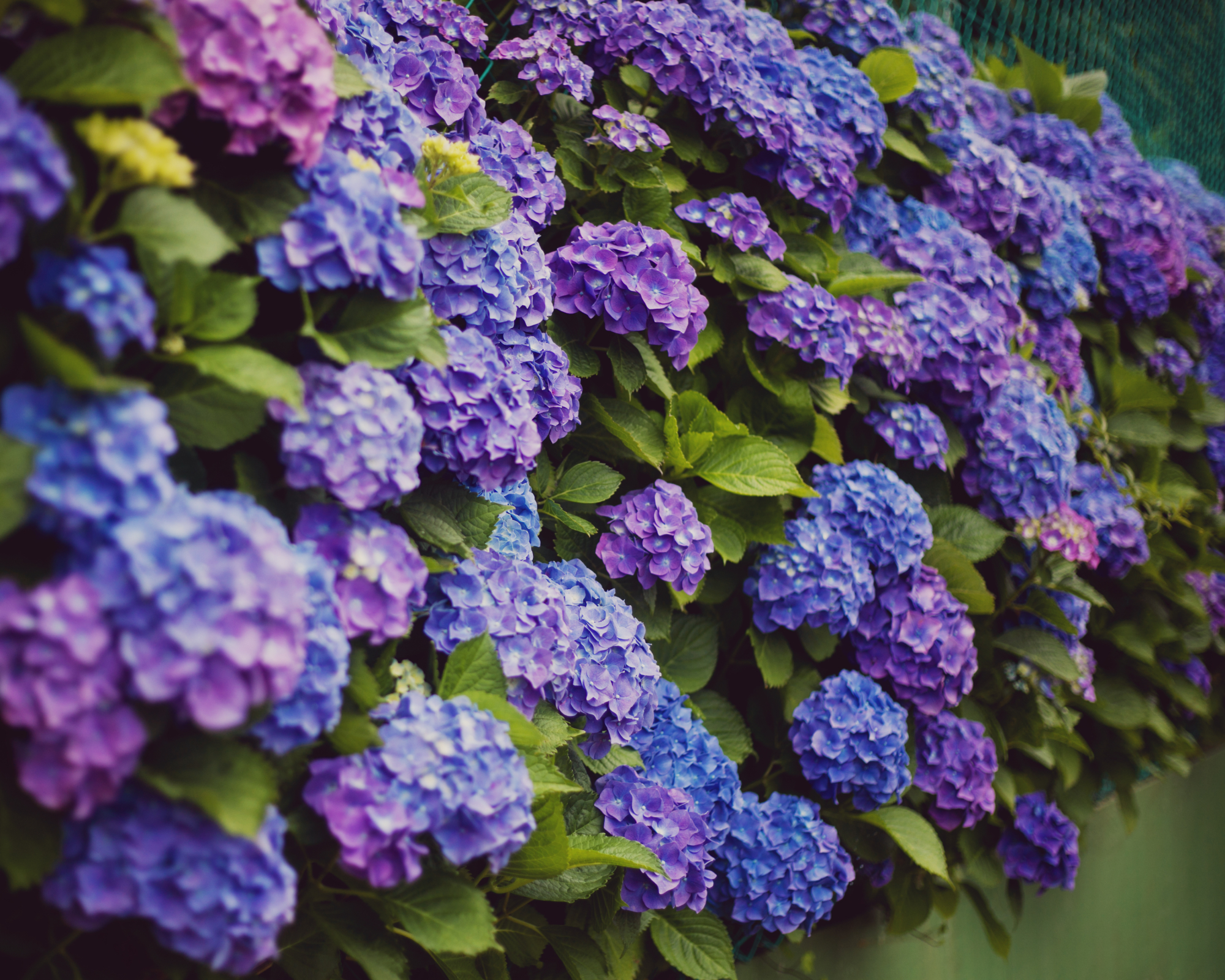
Propagation
The best way to propagate a bigleaf hydrangea like Bloomstruck is by taking cuttings. Choose a healthy, green stem to cut in early fall. It should not have any flowers on it. Make a sharp, clean cut and remove the bottom leaves.
Use rooting hormone on the cut stem for the best results and place it in damp potting soil. Keep the soil and the cutting moist and let it root in indirect sunlight. The cutting should be ready to transplant in about four weeks.
Repotting
If you grow your bigleaf hydrangea in a container, be prepared to repot it every few years as it grows larger. Thoughtful pruning can keep it smaller, but eventually it will need a slightly larger pot. Spring is a good time to repot a hydrangea that is getting cramped in its container.
Frequently Asked Questions
How Big Do Bloomstruck Hydrangeas Get?
Bloomstruck hydrangeas grow to about 3 to 4 feet (0.9 to 1.2 m) tall and 4 to 5 feet (1.2 to 1.5 m) wide.
Do You Deadhead Bloomstruck Hydrangeas?
Yes, you should deadhead Bloomstruck hydrangeas to encourage continuous blooming. Remove spent flowers by snapping them off or using shears to cut them at the base.
This article features products available from third party vendors on the Gardening Know How Shop. Keep in mind that our plant inventory is limited - so if you’re thinking of purchasing, don’t wait!

Mary Ellen Ellis has been gardening for over 20 years. With degrees in Chemistry and Biology, Mary Ellen's specialties are flowers, native plants, and herbs.
- Amy DraissDigital Community Manager
